
Directory of Exhibits
Catalogue of Evidence
Library
Search Museum Text
Print this page

|
Smoke Signals and
Arson
Directory of Exhibits
|
| As the Mt. Carmel Center burned, a thick and dense column of back smoke rose over the ruins, hundreds of feet in the air. (Photo, Waco Herald-Tribune, Apr 20, 1993.) |
The table below contains photos of fires available on the World Wide Web in April 2018. The first column contains news photographs of the Mt. Carmel fire. The second column contains news photographs of petroleum fires. The third column contains news photographs of ordinary house fires. All are from accredited sources.
Observe that the smoke from house fires (in daylight) ranges from light gray to dark brown. Petroleum smoke is more voluminous and thicker, an opaque inky black plume. These pictures of the Mt. Carmel Center fire suggest that a large quantity of petroleum accellerant was used to start the fire.
Photos of the Mt. Carmel Center fire show a huge fireball and thick, voluminous, inky black smoke. Neither the fireball nor the color of the smoke is consistent with a burning residential wooden building made of plywood, as was the Mt. Carmel Center. As the fire burned down, the smoke became less black and more closely resembled the gray smoke of a normal house fire.
Is the smoke in Column A more like the smoke in Column B or the smoke in Column C? Click on an image to display it full size, as may be necessary to appreciate the color and character of the smoke.
Worth noting, though some of the officials were experts on arson, and some of the news media commentators had extensive experience with fires of various types, none commented on the odd quality of the smoke over Mt. Carmel.
Hundreds of gallons of petroleum would be required to produce the huge column of thick, black smoke that arose from the Mt. Carmel Center fire.
| A Mt. Carmel fire | B Typical petroleum fires | C Typical house fires |
|---|---|---|

|

|

|

|
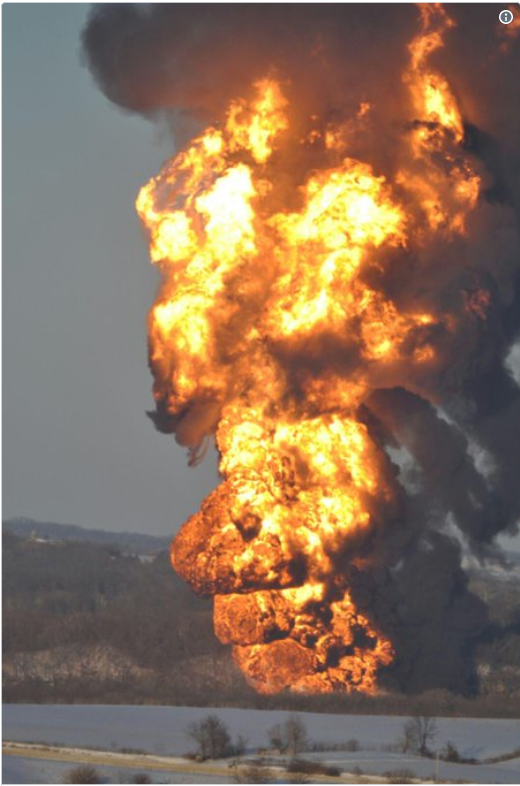
|
|

|

|
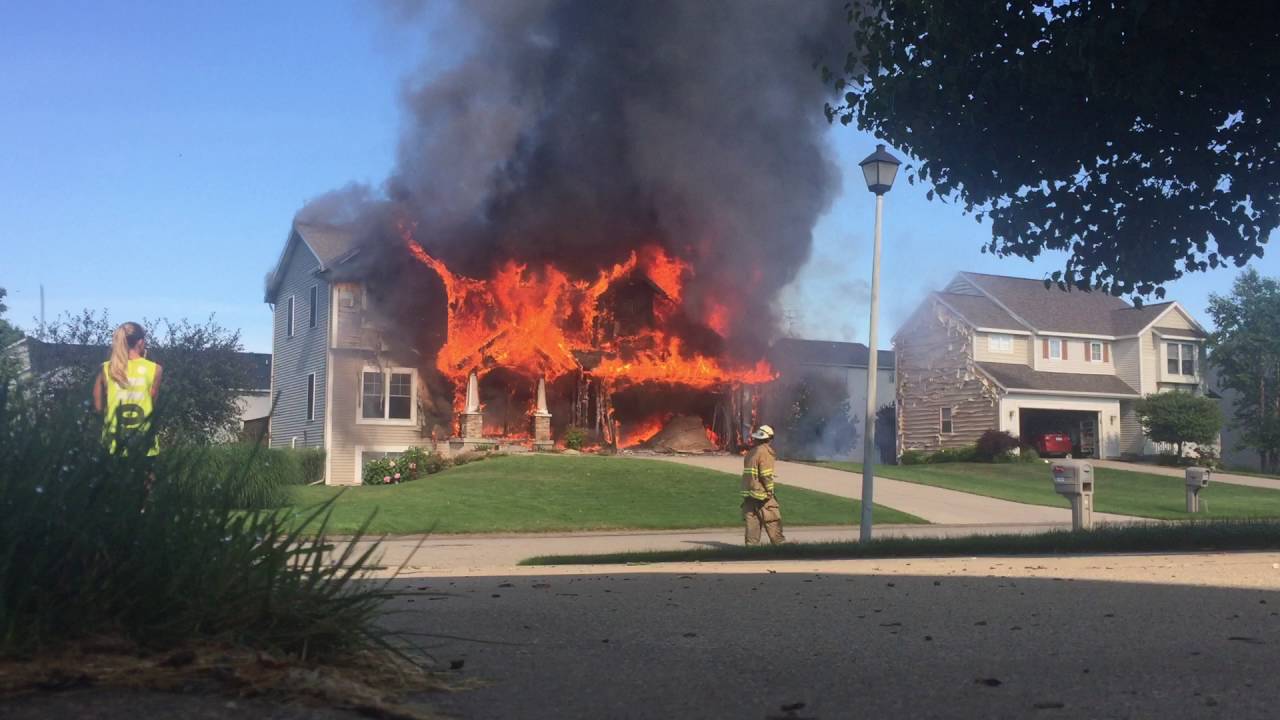
|

|

|

|
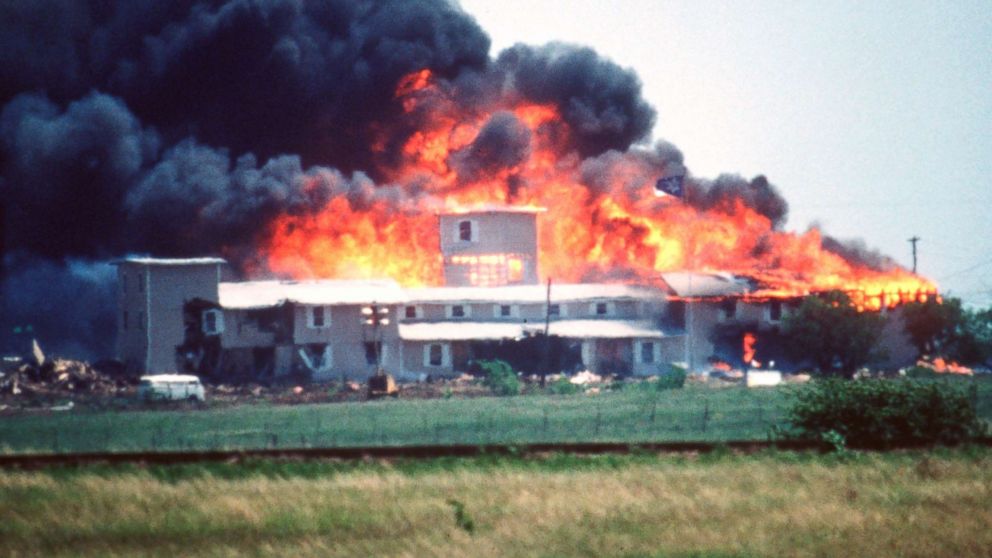
|

|

|

|

|

|
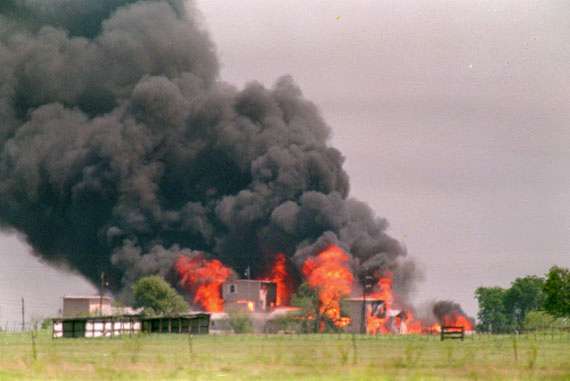
|
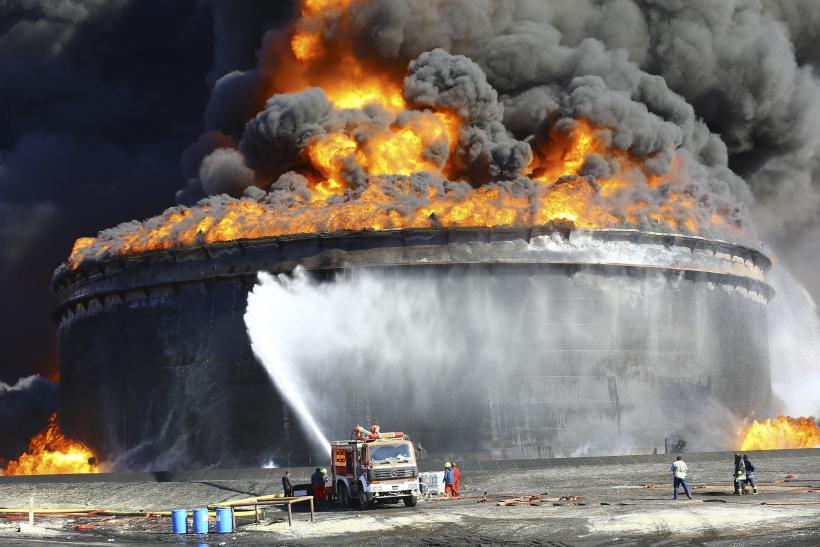
|

|

|

|

|

|
 2012.jpg)
|

|

|
|
|
Next: Where are the Rescuers? Where are the Survivors?
Back: Prediction of Fire
Up: Introduction to the Fire Gallery
Home: Museum Entrance
Search: Museum Text